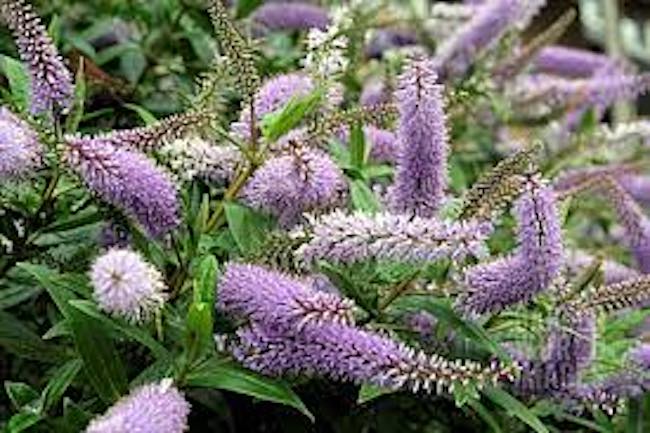How to get your hebe plants to recover from winter frost damage

Hebe plants, including varieties like Hebe Midsummer Beauty and Hebe Pagei, can be vulnerable to severe winter frosts, often struggling to recover if damaged. In the harsh winter of 2023, over 80% of GardenAdvice members in the UK lost their Hebe plants due to freezing temperatures. Here are clear steps to aid in their recovery:
- Wait for Spring
- Start feeding with a high nitrate feed in March to stimulate new shoots lower down the stems.
- Avoid pruning severely damaged Hebe until late spring, allowing natural recovery and minimising further harm.
- Assess the Damage
- Examine the plant closely to identify damaged areas.
- If stems are completely killed back, it may be challenging to promote new growth. However, if some green leaves and stems remain, recovery is possible.
- Provide Protection
- Shield Hebe from future frost by covering with a sheet or blanket during cold nights.
- Consider relocating to a more sheltered spot if frost is anticipated.
- Prune Carefully
- Use clean, sharp tools when pruning to prevent further damage.
- Focus on removing dead or damaged branches, cutting just above healthy buds or stems.
- Provide Nutrients
- Once recovery begins, boost growth by adding slow-release fertiliser or organic matter to the soil around the plant.
Recovery from frost damage may take time, and not all damaged stems may regrow. However, with diligent care and attention, Hebe plants can bounce back and thrive in the upcoming growing season.





